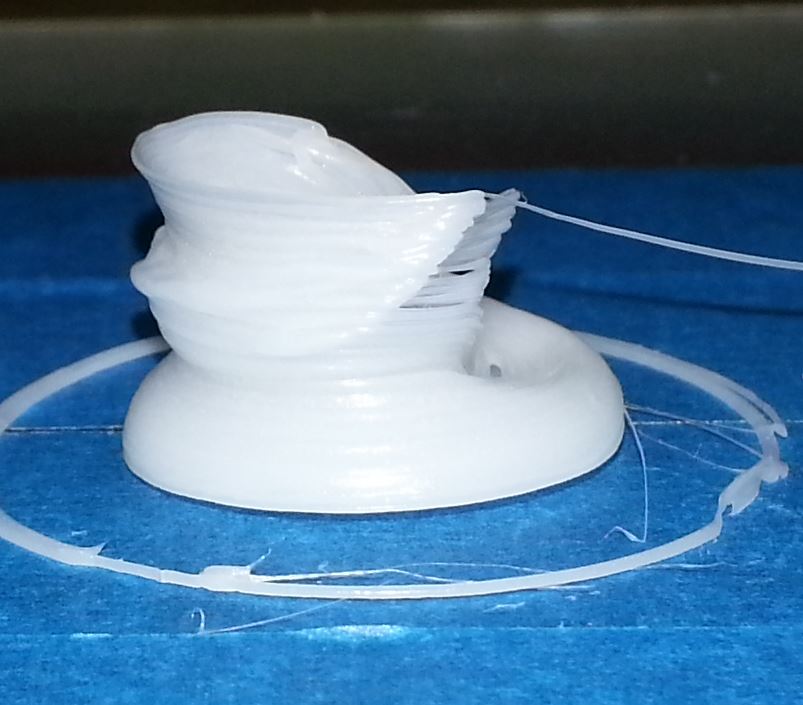In a new video Angus Deveson of Makers Muse wonders how seriously makers and users of 3D printers are taking their health. Deveson almost began to use some Chinese-made POM 3D printer filament before realising that it may in fact release small amounts of toxic gas when melted.
POM – or Polyoxymethylene – is a synthetic engineering thermoplastic that is primarily used in low friction injection molded parts that require a high level of stiffness. Another name for POM? It’s sometimes called polyacetal, and it is also called polyformaldehyde. Yes, that kind of formaldehyde. And when it reaches its melting temperature of 175 degrees Celsius, and beyond, it will release small traces of formaldehyde gas, which in large doses is a known carcinogen.
It is important to stress at this point, however, that perspective is required here. In that it takes a lot more formaldehyde gas to give you cancer than a few 3D printer sessions, but long-term exposure may increase risks already present in your life. Not to mention the short-term effects, which include watery and burning eyes, irritation of the nose and throat, coughing, wheezing, nausea and irritation of the skin.

Take a look at the entire Makers Muse video:

So while the jury is still out on how safe 3D printing filaments are to use, especially within enclosed indoor spaces, they should always be treated as potentially dangerous. Trusting your nose is always a good idea, after all if it smells like nasty chemicals, chances are that it isn’t going to be something that you should be breathing in.
But chemicals with strong odors aren’t the only ones that you need to worry about. A regular dose of common sense should be applied — make sure that you keep the room that you are 3D printing in extremely well ventilated, avoid using printers in small, closed rooms and try to stay out of the room while your machine is printing if possible. There isn’t a single thing that you could 3D print that would be worth giving yourself cancer for, and especially not one of those damn Yoda heads.
Feature Image courtesy of Think3DPrint3D



